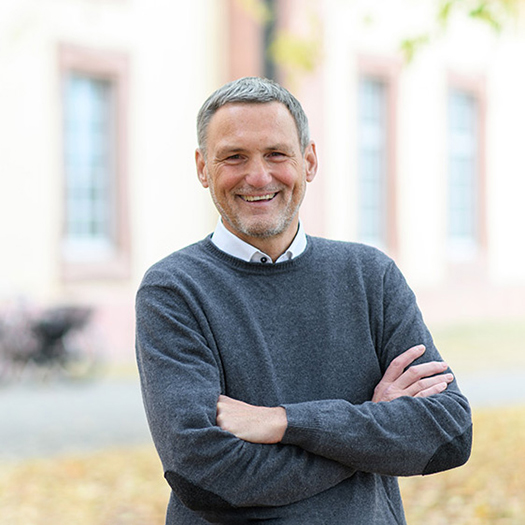Women Are the Beneficiaries of Higher Education Expansion
ResearchZEW Study Examines Investment in Education and Wage Gaps among Women and Men
Women profit more than men from the recent increase in higher education expansion, as shown in a study by ZEW Mannheim and the German Centre for Higher Education Research and Science Studies (DZHW). In this study, the researchers examined how education levels and wage gaps have developed depending on the type of degree – separately for women and men – in the period from 1996 to 2019, using data from the German Socio-Economic Panel (SOEP).
Although educational inequality between women and men has not yet been completely overcome, it has indeed gotten smaller. “Investments in education over the past years are slowly taking effect. In terms of the number of completed bachelor’s degrees, women have benefited the most from the recent higher education expansion,” says PD Dr. Friedhelm Pfeiffer, deputy head of the ZEW Research Unit “Labour Markets and Social Insurance” and co-author of the study.
Field of study has larger influence than gender
Between 2001 and 2011, the number of female graduates with a bachelor’s degree doubled, while the increase for men with a bachelor’s degree was only around 60 per cent. During the same period, the female labour force participation rate increased from 68 to 86 per cent, while the participation of men remained virtually constant around 92 per cent. In 2019, employed women with a university degree earned almost 60 per cent more per hour than comparably employed women with a vocational training. This difference in wages is similarly high among men.
Since 2015, this wage gap has been slightly decreasing. Generally, the trend is moving away from subjects with high earnings prospects such as medicine and law and towards humanities and social sciences. For example, women at universities of applied sciences tend to study social sciences and economics, while men predominantly choose engineering. “When men and women with degrees from the same field of study are compared, their estimated wage gaps from those of the same gender with vocational training is similar. Therefore, investment in education helps young women and young men equally,” Pfeiffer comments on the study’s results.
Expanding investment in education
In the study, the researchers compared the wage gaps between people with university degrees, degrees from universities of applied sciences, and master craftsmanships with those who have earned a vocational qualification. The researchers found evidence that the education-based wage gaps for employed men and women to their less educated counterparts are comparable. The remaining differences can mainly be attributed to the choice of degree subject.
The SOEP is a study representative for Germany that has been collecting longitudinal data from all adults in private households since 1984. The data for each person covers a wide range of topics, including education, employment status, working hours, and wages.


